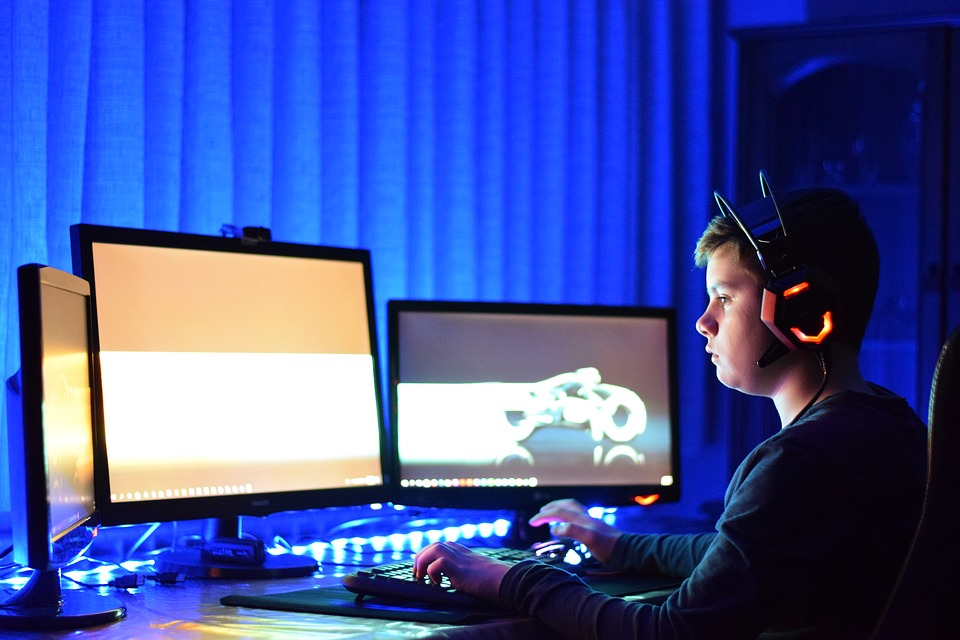5 things you need to know before buying a monitor
If you are buying a new desktop monitor, choosing the right one to suit its application gives you the most bang out of your buck. Many assume that there’s not much difference between computer monitors in terms of size and image quality. However, desktop computer displays come with different features to suit varying computing tasks. For instance, some monitors may be ideal for gaming, while others may be best suited for high definition photo editing. Others still may have extra features that are specially designed to be kinder to the eyes of those who spend hours working in front of a monitor.
Manufacturers rarely market monitors that are application specific. Knowing the secrets to buying a computer monitor will help you choose one that best suits its application. The following shows how you can best choose the right desktop computer monitor for you.
Understand monitor terminology

Knowing what the monitor’s specifications are telling you will help immensely when choosing the right one. Here are the important specs and what they mean:
- Screen resolution: This refers to the measurement of the monitor’s area in pixels. Most computer monitors come in 1080 pixel resolutions. The higher the resolution, the better the image quality.
- Contrast ratio: This measures the difference of intensity between the brightest and the darkest color. A high contrast ratio translates to a more brilliant image.
- Response time: This measures how fast a monitor’s display panels refresh an image. Faster response times mean smoother image transitions with less blurring.
- Refresh rates: This is similar to the response time in some sense, and it is measured in terms of hertz. A 120Hz monitor, therefore, means that the monitor refreshes the image 120 times per second.
Monitors for gaming

Heavy gamers will benefit from monitors that have lower response times and higher refresh rates. Having these features means you won’t be bothered by motion blurs and choppy images, which translates to a better gaming experience. If you are working on the budget, go with a monitor with at least 75 Hz refresh rate. Gaming specific monitors come in higher refresh rates up to 140 Hz or more. Panel types also matter, with twisted nematic (TN) panels being the most ideal for gaming.
Monitors for photo and video editing

High-definition monitors that measure at more than the 21-inch range work well for graphic designers and photo and video editors. For these and similar professions, in-plane switching panels work best as this type of monitor panel delivers crisp images and excellent color range. Higher screen resolutions and ultrawide screen displays are also ideal for such professions
General use computers

Monitors that are suited for gaming and photo or video editing will both suffice for general desktop computing tasks. If you want to keep the costs low, go with gaming computers with TN panels. However, if you like watching videos and prefer better image quality, go with monitors that have high contrast VA panels. If workers are required to spend hours in front of a computer, go with flicker-free features.
Monitors for other applications

Display for industrial applications usually require specialized displays. However, computer display monitors in industrial facilities do not always require specialized monitors. For regular administrative computing, general use computer monitors will suffice.
